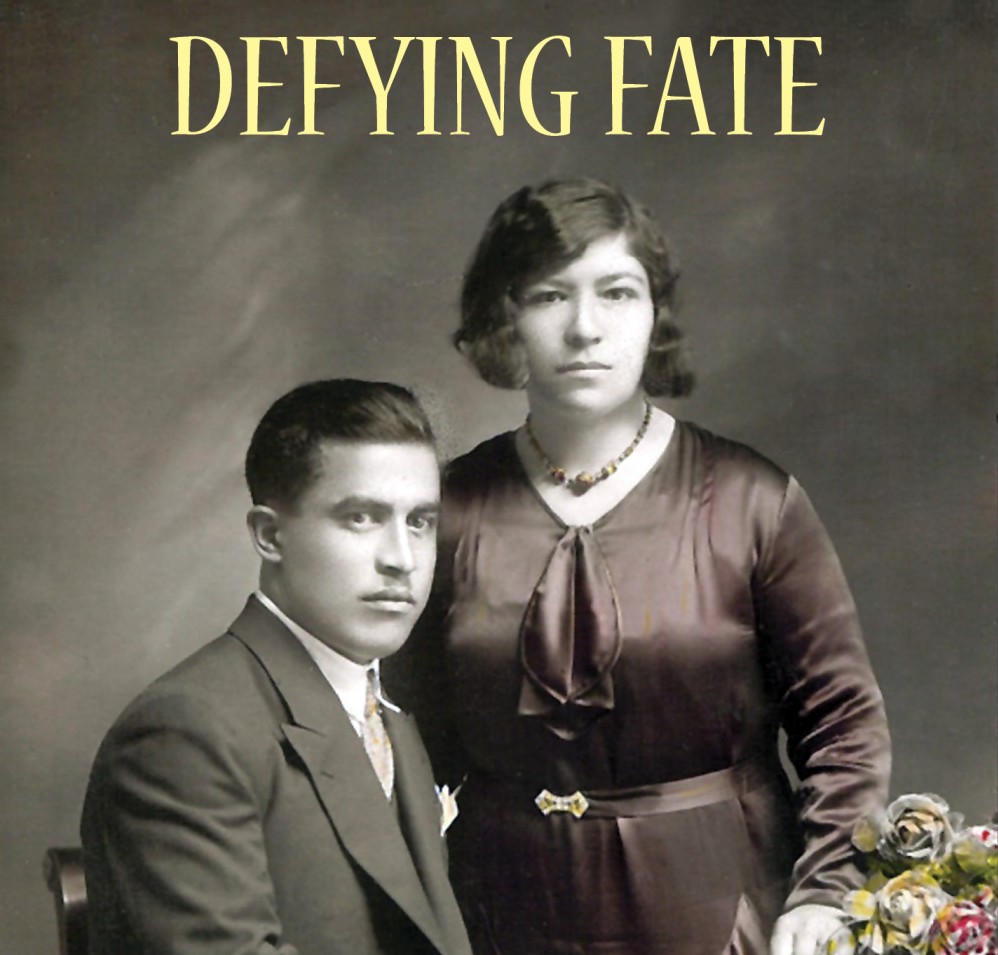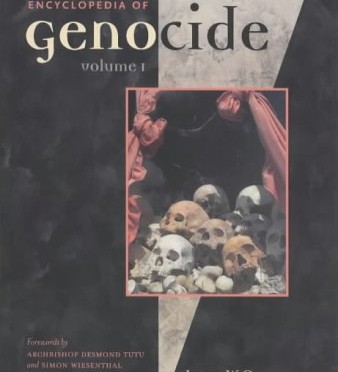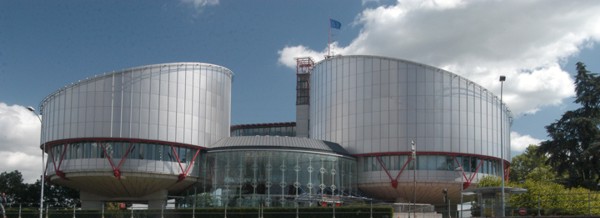Month: February 2014
-

Genocide Memoirs of Aram and Dirouhi Avedian Published in LA
(armenianweekly.com) LOS ANGELES—Defying Fate, the memoirs of Aram and Dirouhi Avedian and the fifth volume of the Genocide Library, was published recently in Los Angeles. Dirouhi Cheomlekjian (later Avedian) was born circa 1907 in Izmit. In 1915, she and her family were deported by the Turkish government and marched to the Der Zor desert in…
-

WORLD COUNCIL OF CHURCHES: ECtHR judgement an affront to memory of the victims of Armenian genocide
(horizonweekly.ca) – The World Council of Churches (WCC) has expressed “great concern” over the European Court of Human Rights (ECtHR) judgment in the case of Perinçek v. Switzerland, recalling that the Swiss National Council and the Federal Tribunal in the past have clearly recognized the Armenian genocide as a historical fact. The ECtHR judgment in…
-

Genocide Encyclopedias and the Armenian Genocide
by Alan Whitehorn* Special for the Armenian Weekly The two key human rights concepts of “crimes against humanity” and “genocide” have their roots in the response to the Young Turk mass deportations and massacres of Armenians in the Ottoman Empire during World War I. Following the April 24, 1915 mass arrests of hundreds of Armenian…
-

Turkey Rights Group Disappointed in ECHR Decision, Urges Appeal
ISTANBUL, Turkey (A.W.)–The Human Rights Association (HRA) in Turkey issued a letter addressed to the Swiss Minister of Justice, expressing the organization’s disappointment with the decision of the European Court of Human Rights (ECHR) on Armenian Genocide denial.
-
Turkish version of “Ravished Armenia” by Arshaluys Mardiganian published in Turkey
(horizonweekly.ca) – The Turkish version of “Ravished Armenia” by Armenian Genocide survivor Arshaluys Mardiganian has been published in Turkey. Arshaluys Mardiganian’s “Ravished Armenia” has been translated into Turkish language by the former worker of Istanbul-based “Agos” periodical Tiran Lokmagyozyan. The book was publishrd by Turkish Pencere Yayınları publishing house. Taraf’s columnist Özlem Ertan reflected upon…
-
Scholars Call for Reexamination of ECHR Judgment on Genocide Denial Case
Highlight ‘Historical and Conceptual Inaccuracies’ in Court Decision BOSTON, Mass. (armenianweekly.com)–Concerned genocide scholars issued an open letter highlighting ”historical and conceptual inaccuracies” in the European Court’s decision on Dogu Perinçek v. Switzerland, and called on the government of Switzerland to request a reexamination of the Court’s judgment. Below is the full text of the letter,…
-

La Fédération des Associations Kurdes de France condamne l’arrêt Perincek de la CEDH
(armenews.com) – Selon la Cour européenne des Droits de l’Homme (CEDH), le fait de nier le génocide arménien ne constitue pas un abus de droit au sens de l’article 17 de la Convention de sauvegarde des droits de l’homme. Dans un arrêt rendu le 17 décembre 2013, la CEDH considère que les propos négationnistes tenus…